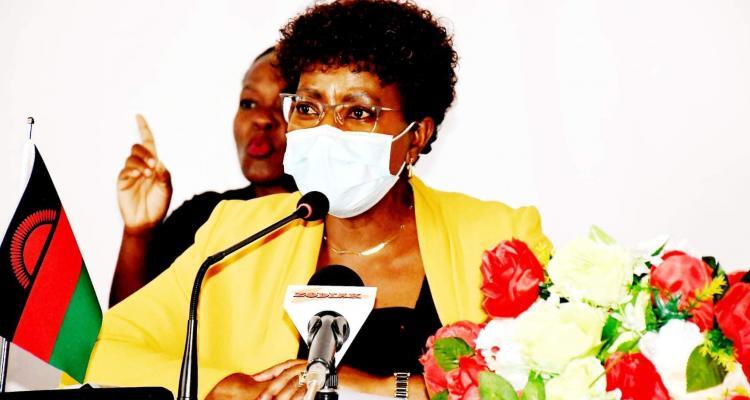
Minister of Education Agnes NyaLonje says Malawi needs 949 new secondary schools, costing K3 billion per school, in order to increase transition rate from primary to secondary schools.
The minister made the remarks at a press briefing today saying the ministry wants to double the transition rate from 37.73% to 76%.
She said if the construction of the 948 schools was to be spread across a five-year period, the ministry would require MK569 Billion per year.
NyaLonje added that the construction of 250 secondary schools which is being supported by USAID will create 1,000 classrooms by 2023.
“Currently 44 of these schools have been completed and by the end of 2021 an additional 40 schools will be completed. My Ministry is doing everything possible to speed up the construction the rest of the 206 schools,” said NyaLonje.
During the press briefing, NyaLonje presented Primary School Leaving Certificate of Education (PSLCE) results which show that out of the 225,387 students who passed the 2019/20 examinations, a total of 84,947 candidates have been selected to start Form One in various secondary schools.
The selections represents only 37.73% of those who passed the examination.
“This means that 140,440 eligible students have been left out.
“The low overall selection rate reflects the low number of secondary school places available across the country and a collective national failure to meet the needs of our young people. As a Ministry, and as Tonse Alliance, we commit to working with all relevant stakeholders to try and address the need for secondary school places,” she said.
Out of 84,947 students selected, 1,860 students have been selected to the four Government National Secondary Schools and the 20 grant-aided mission secondary schools. This comprises 900 boys and 960 girls.
NyaLonje said the selection was strictly based on merit, combined with ensuring gender equity.
She also noted that there are district-based disparities and inequities in the numbers of students who have succeeded in being selected for National Secondary Schools and disparities in the numbers of secondary school places available within different educational districts.














